Tired of rough texture or dull skin but wary of retinol’s harsh effects? A retinol alternative and lactic acid duo, like Bioactive A-Complex paired with lactic acid, could be your skin care saviors! These gentle yet effective ingredients resurface your skin, unveiling a smoother, brighter complexion that radiates health. Pairing them can supercharge your routine with refined texture, a hydrated glow, and a more even tone, but only if you use them wisely. Both are activated resurfacing agents, so layering them in one session might overwhelm your skin. Curious how to make them work for you? Here’s the scoop upfront:
- Why They Shine: They renew skin, boost hydration, and even out tone gently.
- Watch Out: Using them together at once can overwhelm your skin.
- Pro Tip: Alternate them at night and protect with sunscreen by day.
This guide dives into how to use retinol alternative and lactic acid safely, helping you achieve a flawless glow with confidence!
Why You Should Use Retinol-alternatives with Lactic Acid?
Traditional retinol can be harsh, often causing redness or peeling. That’s where gentler retinol alternatives like Bioactive A-Complex shine, revitalizing skin without irritation. Perfect for sensitive types, they renew your complexion with ease. Pair them with lactic acid, a mild exfoliant that clears away dullness and surface impurities, boosting the effects of retinol alternatives for a smoother, brighter look. Together, they deliver standout benefits. Here’s how your skin transforms:
- Smoother Texture: Lactic acid gently breaks down texture and buildup, while retinol alternatives rejuvenate skin and refine the look of pores and uneven patches, leaving skin soft and velvety to the touch.
- Softer Fine Lines: They soften the appearance of wrinkles over weeks, plumping skin naturally and giving you a refreshed, youthful glow.
- Hydrated Glow: Lactic acid hydrates as it exfoliates, pairing with retinol alternatives to plump up skin for a radiant, dewy sheen that lasts.
- Even Tone: They fade the look of dark spots and uneven areas together, revealing a clearer, more balanced complexion with every use.
This duo mimics retinol’s magic without the downsides, offering a gentle, effective path to smoother, brighter skin. It’s an easy win for anyone craving a low-fuss routine that still delivers vibrant, healthy results you’ll love.
How to Use Retinol-Alternatives with Lactic Acid
Retinol alternatives and lactic acid both resurface skin, smoothing and brightening with less irritation than traditional retinol. Their activated nature makes evening use ideal, followed by diligent sun protection to shield freshly renewed skin. Layering them in one session risks overwhelming your complexion, so alternate them instead—think of it as a balanced skin care dance. Below, we dive into pairing Bioactive A-Complex, bakuchiol, and niacinamide with honey-derived lactic acid, complete with step-by-step guidance for maximum glow.
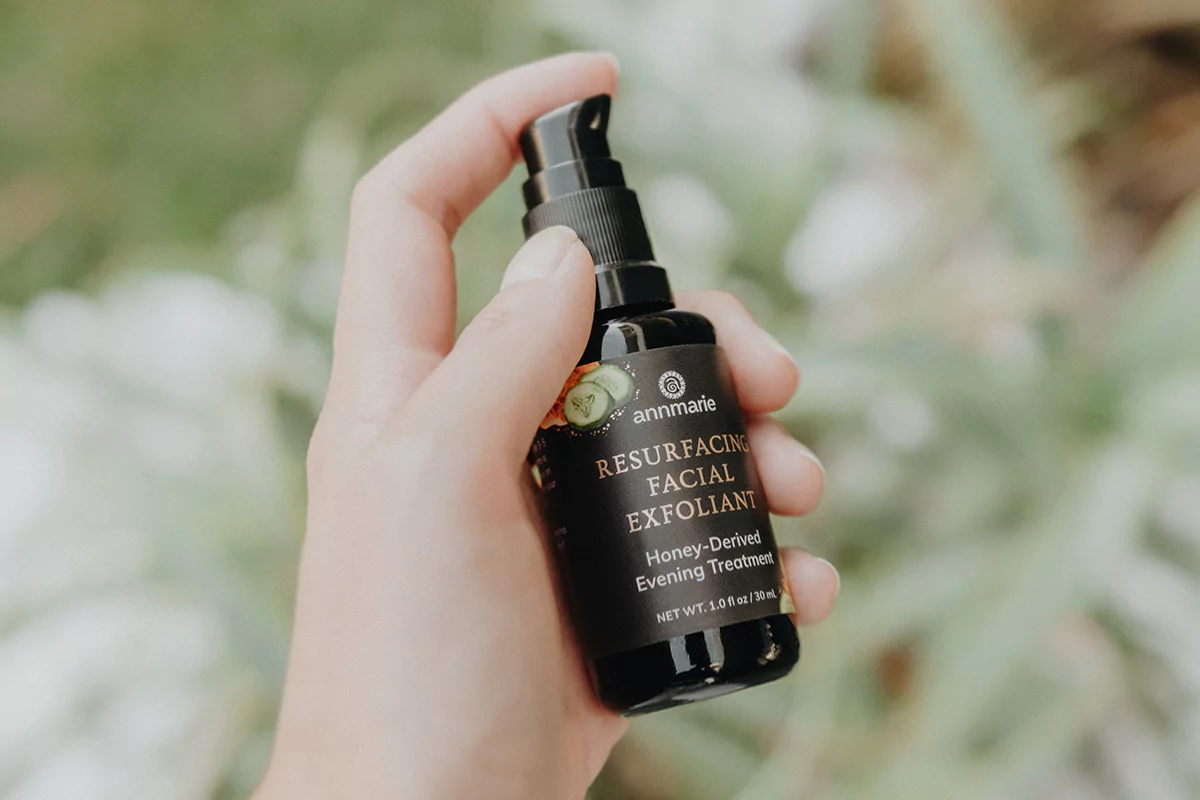
Bioactive A-Complex
A plant-powered retinol alternative, Bioactive A-Complex accelerates skin renewal, refining texture and softening the look of fine lines without harshness.
- How It Works with Lactic Acid: Lactic acid preps skin by clearing debris, letting Bioactive A-Complex penetrate deeper for lasting radiance.
- Routine: After cleansing, apply a serum on nights separate from lactic acid (e.g., Tuesday and Friday). Warm 2-3 drops in your palms, pat onto skin, and layer with a rich cream to lock in benefits.
- Frequency & Precautions: Start with 1-2 nights weekly, increasing to 3 as skin adjusts. Avoid eye areas and pair with SPF daytime, since renewed skin needs protection.
You’ll see this ingredient’s magic in our Activated Night Serum, where Bioactive A-Complex works overnight to smooth and renew, delivering a refined complexion by morning without the sting.
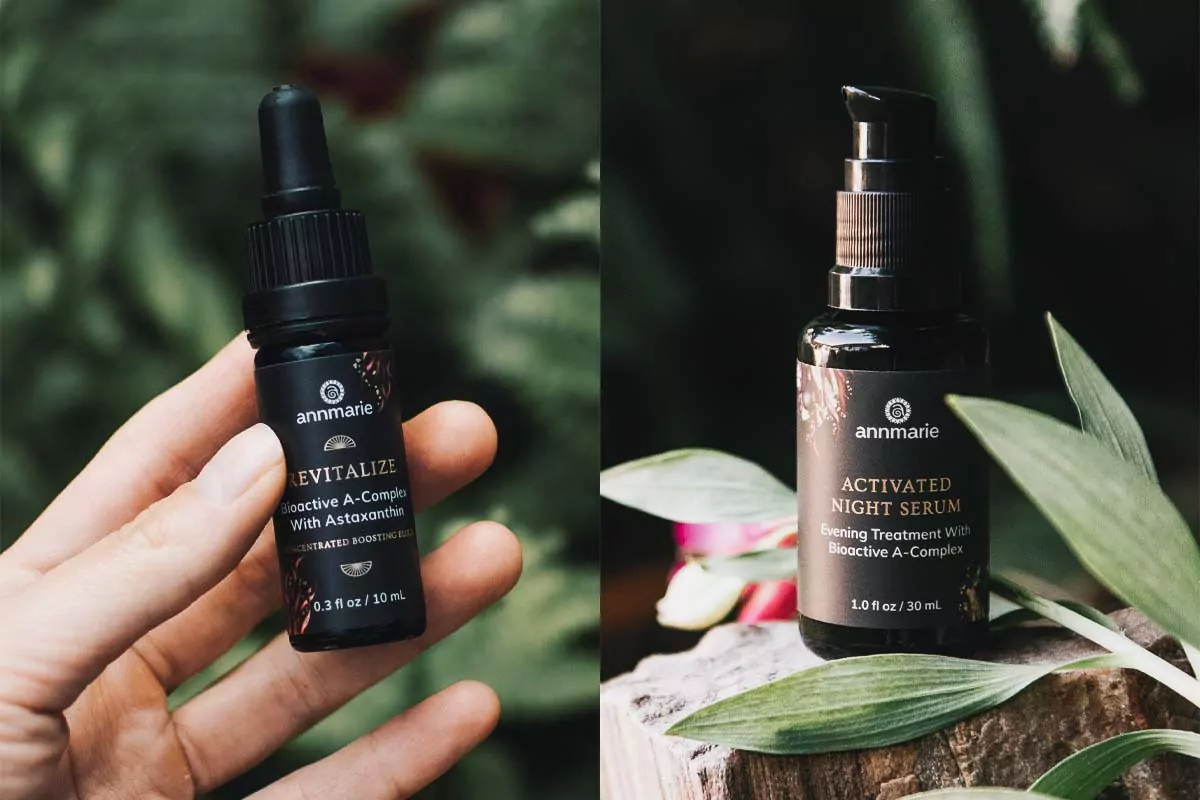
Bakuchiol
Extracted from babchi seeds, bakuchiol mimics retinol’s anti-aging perks—firming skin and fading lines—while staying kind to sensitive types.
- How It Works with Lactic Acid: Lactic acid’s exfoliation boosts bakuchiol’s ability to firm and even tone, creating a synergistic glow over weeks.
- Routine: Post-cleanse, use a bakuchiol serum or cream (e.g., Monday and Thursday) on nights apart from lactic acid. Apply to damp skin for better absorption, then top with a lightweight oil or moisturizer to enhance its soothing effect.
- Frequency & Precautions: Use 2-3 nights weekly—perfect for consistent results without overload. Test on a small area first; always follow with SPF to guard against UV damage.
Bakuchiol’s gentle strength comes alive in Versed Press Restart Gentle Retinol Serum, blending it with calming agents to firm and brighten your skin naturally over time.
Niacinamide
This vitamin B3 gem hydrates, balances oil, and evens tone, making it a versatile partner for resurfacing actives.
- How It Works with Lactic Acid: Lactic acid clears the surface, allowing niacinamide to soothe and brighten deeper layers, reducing redness over time.
- Routine: Cleanse, then apply a niacinamide serum (e.g., Wednesday and Saturday) on nights you skip lactic acid. Use 3-4 drops, let it sink in, and finish with a hydrating cream. Alternate with Activated Night Serum for variety.
- Frequency & Precautions: Safe for 2-4 nights weekly—its gentleness suits most skins. Avoid mixing with high-dose lactic acid in one go to prevent flushing; SPF is non-negotiable daytime.
Niacinamide pairs well with this routine in The Ordinary Niacinamide 10% + Zinc 1%, offering an affordable way to calm, clarify, and boost your skin’s natural radiance with every use.
For a weekly plan, try lactic acid Sunday, Bioactive A-Complex Tuesday and Friday, and bakuchiol or niacinamide midweek. This keeps your skin refreshed, not stressed.
Conclusion
Retinol alternatives paired with lactic acid offer a gentle yet powerful way to refresh your skin. We’ve seen how honey-derived lactic acid, Bioactive A-Complex, bakuchiol, and niacinamide work alongside lactic acid to smooth texture, soften fine lines, hydrate, and even out tone—all without the irritation of traditional retinol. Alternating them at night keeps your skin balanced and glowing.
These ingredients deliver impressive benefits: a brighter, more radiant complexion that feels as good as it looks. Unlike retinol’s harsh edge, they provide similar perks with less fuss, ideal for a smoother skincare journey. With smart use, you can tap into their resurfacing power and enjoy a lasting, natural glow effortlessly.
Start wisely by patch testing each product on a small area and adding them to your routine slowly. Patience pays off. Always apply SPF 30+ daily, as these heighten sun sensitivity. This simple, safe approach lets your skin thrive beautifully!
Frequently Asked Questions
Are Retinol Alternatives Effective?
Absolutely, retinol alternatives like Bioactive A-Complex, bakuchiol, and niacinamide are effective at refreshing skin, smoothing texture, and softening fine lines. While gentler than traditional retinol, they still deliver visible results over time—think of them as a kinder path to radiance with consistent use.
Can I Use Retinol Alternatives and Lactic Acid if I Have Sensitive Skin?
Yes, these ingredients are great for sensitive skin when used carefully. Their milder nature reduces irritation compared to retinol, but start with low frequency—like once a week—and patch test first. Alternate them at night to keep your skin calm and happy.
How Long Does It Take To See Results From Using Retinol Alternatives and Lactic Acid?
Results vary, but you might notice smoother, brighter skin within 2-4 weeks of regular use. For deeper changes like softer fine lines or even tone, expect 6-8 weeks. Patience and consistency are key to unlocking their full glow-boosting potential.
Can I Use Other Actives Like Vitamin C or Hyaluronic Acid With Retinol Alternatives and Lactic Acid?
Definitely! Vitamin C pairs beautifully in the morning—try our Brighten Concentrated Boosting Elixir to enhance radiance—while hyaluronic acid works anytime, AM or PM. Our Hydrate Concentrated Boosting Elixir adds a moisture boost that complements your night routine with retinol alternatives or lactic acid.
Are There Any Side Effects To Be Aware of When Using These Ingredients?
Using them together in one session can irritate skin, as too many actives at once might overwhelm it. Stick to alternating them at night, and watch for redness or dryness. If that happens, scale back and hydrate well to keep your skin comfortable.



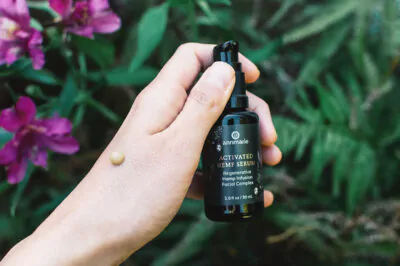
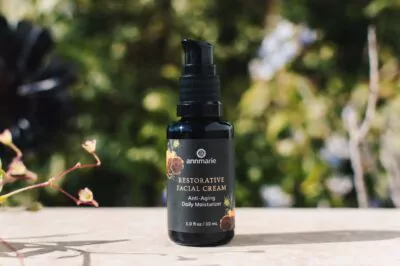
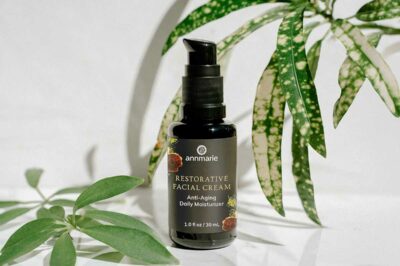


Leave a Reply